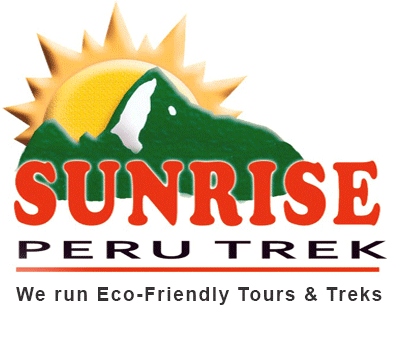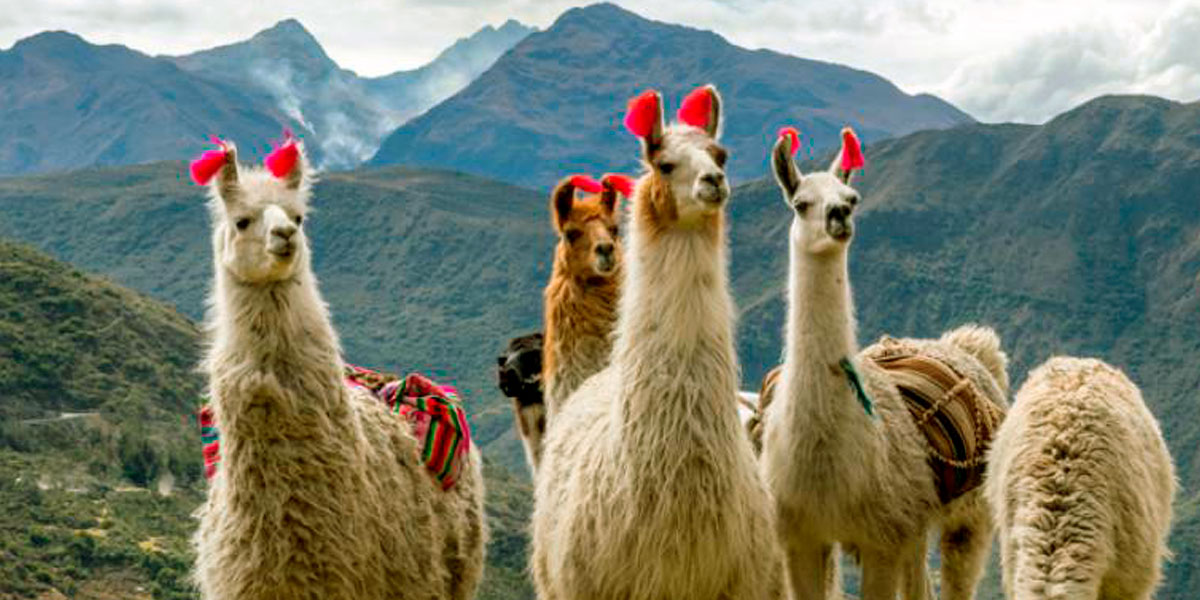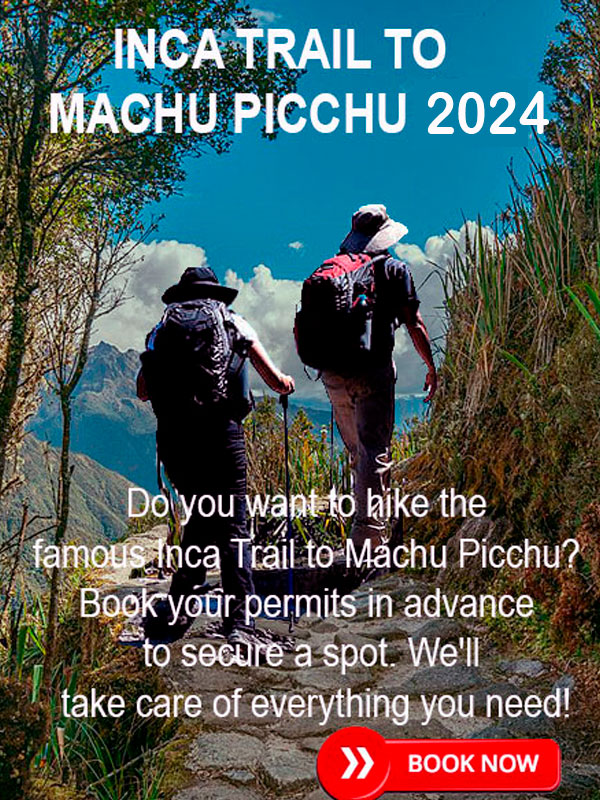Altitude Sickness at Inca Trail to Machu Picchu
Visit Inca Trail and be prepared for Altitude Sickness! We provide the best advice and tips on how to prevent altitude sickness. Be sure to stay safe while experiencing the wonder of Cusco!
The Inca Trail to Machu Picchu is a renowned hiking route that traverses breathtaking landscapes at altitudes exceeding 4,000 meters above sea level. However, it is important to note that altitude sickness can affect tourists who venture into high altitudes like Cusco, where the city itself sits at an elevation of 3,400 meters. As a majority of travelers abruptly transition from flat terrains to mountainous regions, they may experience the symptoms of altitude sickness.
To prevent this issue during your trek, it is advisable to take certain precautions. First and foremost, allowing yourself ample time to acclimate to the thin air in Cusco before embarking on the Inca trail is vital. We recommend staying in Cusco or other locations at similar altitudes to facilitate better acclimatization. Additionally, consuming small portions of food, drinking plenty of water, and avoiding alcohol are also recommended practices to mitigate altitude-related challenges.
Embarking on the 4-Day Inca Trail to Machu Picchu or the 2-Day Short Inca Trail is an extraordinary adventure, but prioritizing your well-being through proper acclimatization measures is of utmost importance.
Acute Mountain Sickness (AMS) common symptoms:
- Nausea, vomiting
- Loss of appetite
- Insomnia/sleeplessness
- Persistent headache
- Dizziness, light headedness, confusion
- Disorientation, drunken gait
- Weakness, fatigue, lassitude, heavy legs
- Slight swelling of hands and face
- Breathlessness and Breathing irregularity
- Reduced urine output
All or some of these symptoms may be present in mild cases of AMS but they can rapidly worsen and become dangerously debilitating. In particular, as the symptoms worsen the victim will often become irrational and difficult to reason with. Their ability to make sensible decisions for themselves is increasingly impaired and their companions may be their only hope of survival. This is a compelling reason for never trekking alone at altitude.
In the final stages of altitude sickness severe problems start to appear which can rapidly lead to loss of consciousness and death if untreated. Two forms of AMS are generally recognized. One or both may be present and either extremely serious.
High Altitude Pulmonary Edema (HAPE)
This is caused by an accumulation of fluid in the lungs. As the complaint progresses more and more fluid builds up until the victim literally drowns. The symptoms include difficulty breathing and rapid pulse rate even at rest, coughing pink, frothy sputum and occasionally blueness around the lips.
High Altitude Cerebral Edema (HACE)
This is the most serious of the forms of AMS, is caused by a buildup of fluid around the brain. The previously mentioned symptoms of mild AMS rapidly worsen, particularly the headache along with slurring of speech and ultimately unconsciousness and death. The advance of the problem can be very rapid and death can occur in twelve hours if treatment is not given.
If you follow the simple advice of our trained guides, you won’t have to worry about complications from mountain sickness. We design our Tours to ensure clients are ready for high altitude, and arrange alternative itineraries for those at risk.
Acclimatization & altitude sickness prevention for trekking Inca Trail.
- Drink plenty of fluids (water). It is important to walk slowly. Be prepared to urinate more throughout the day and night. Eat well and regularly. You will be needing more sleep, make sure to get it. Any party is better after the trek, not during it.
- Wear adequate clothing for a trek. High altitude often means more exposure to the elements. Do wear proper warm clothing in layers. Be aware of wind prevention. Consider exposure to the sun with UV blocking cream and sunglasses.
- Keep your hands, feet and extremities as dry as possible. Avoid wet boots, socks, gloves or hats.
- Keep your hands as clean as possible during meal times to avoid contamination of food stuffs and possible stomach problems which can cause dehydration problems at altitude not to mention other issues. Keep a note of your urine and urination.
- You should be urinating more frequently than normal both due to altitude and from an increase in water consumption. Dark urine is one sign you are not drinking enough.
Video for Altitud Sickness at the Inca Trail




